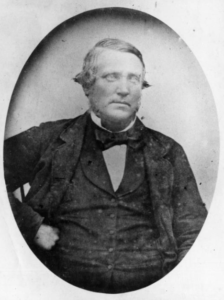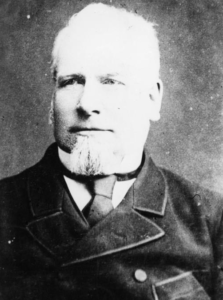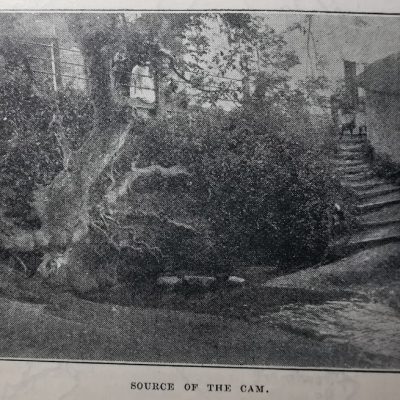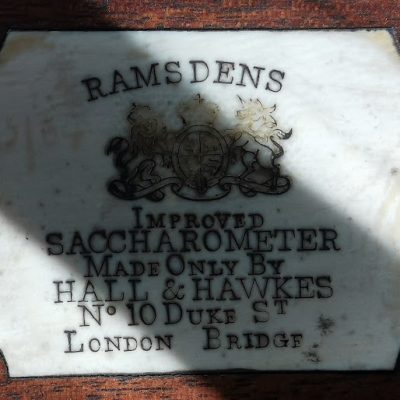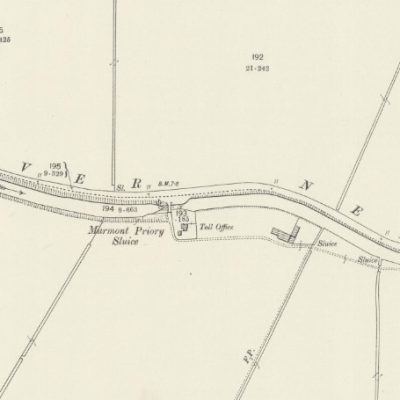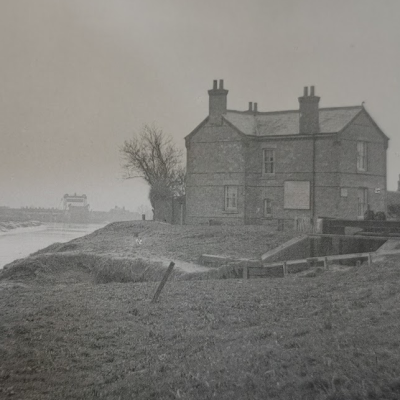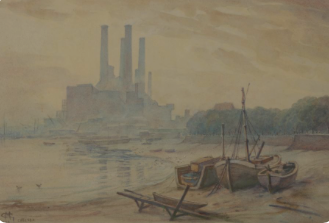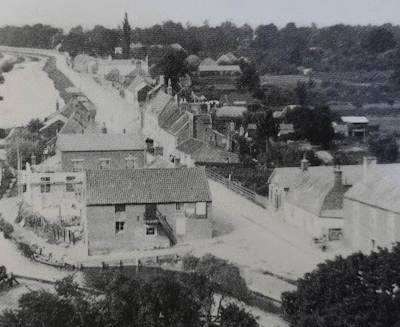Search by topic
- archaeology
- architecture
- bricklayer
- Building of Local Interest
- carpenter
- church
- crime
- dressmaker
- fire
- Great Eastern Railway
- listed building
- medieval
- oral history
- Public House
- Rattee & Kett
- Religious House
- Roman
- scholar
- school
- Then and Now
- tudor
- women
- work
- world war one
- world war two
Search by text
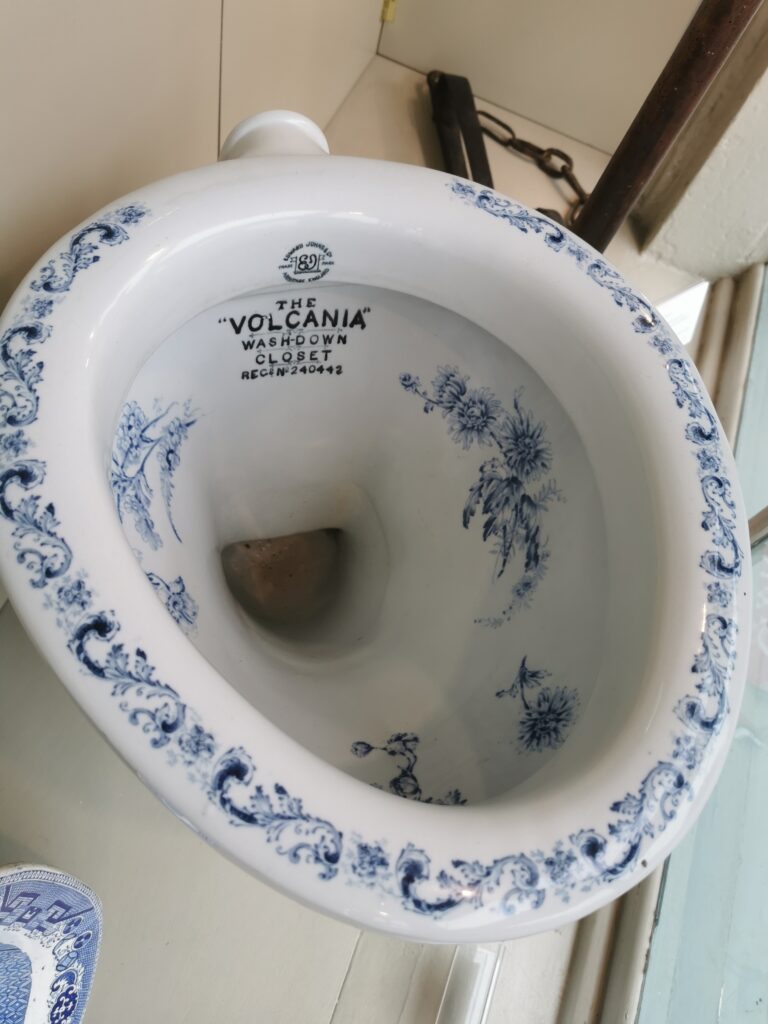 Volcania Wash-down closet
Volcania Wash-down closetWhat’s in a toilet? – The Volcania washdown-closet
History of the Volcania wash-down closet
Volcanic eruptions are not necessarily what one would wish to be reminded of every time the toilet was visited, but Edward Johns seemed to think it was a catchy name. He was the congregational minister in Armitage, Staffordshire, who bought a business making sanitary ware.
A small pottery had existed in Armitage from 1817, founded by Thomas Bond. In 1851 it was taken over by Salt and Swan who began to make sanitary ware. Edward Johns bought this business and founded Edward Johns and Co Sanitary Pottery. Edward Johns died in 1893 and is buried in Armitage chapel churchyard. In 1900 the company was bought by Corn Brothers. In the 1950s their Melbourne factory opened making vitreous chinaware. In 1960 their name was changed to Armitage Ware. In 1969 this company evolved into Armitage Shanks, a globally recognised brand.
What is a Wash-down closet?
This is the most common form of toilet outside the Americas. The bowl has a large opening at the top which tapers down to a water trap at the base. It is flushed from the top by water discharged through a flushing rim or jets. The waste is washed away by the force of the water.
The bowl has a steep back and more gently sloping front to ensure that waste drops into the pool of water. However, this is a relatively small volume of water compare to earlier toilet bowls, so requires a smaller flush. North American bowls have a larger water area.
Why Blue and White?
Blue glaze has a long history. The blue pigment is produce by cobalt oxide and is one of few pigments that could traditionally withstand the very high temperatures required for porcelain. Use of other colours would often require additional firings. Floral patterns in blue glaze were developed on Chinese porcelain in the 14th century and then were widely copied in Isamic art, Dutch Delftware and wider Europe.
Contribute
Do you have any information about the people or places in this article? If so, then please let us know using the Contact page or by emailing capturingcambridge@
License
This work is licensed under CC BY-NC-SA 4.0








